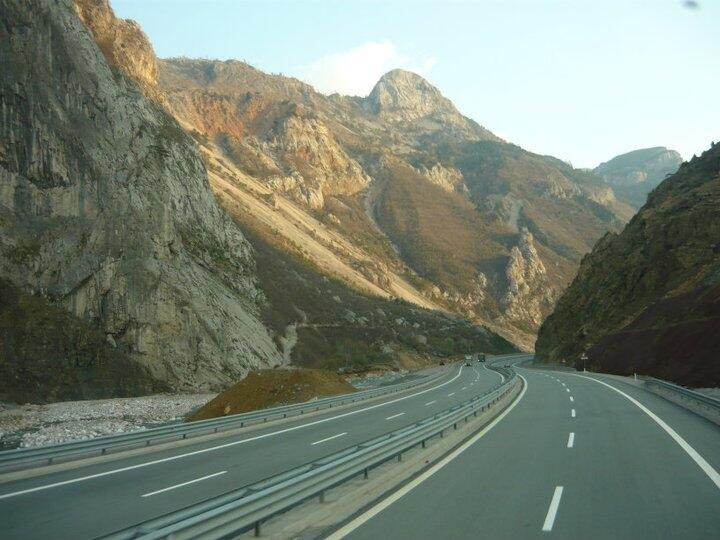Can the building of a highway facilitate regional integration? In the case of Albania and Kosovo, it might. “We hypothesize that the building of the Albania-Kosova highway may have been crucial in expanding Albania’s trade with Kosovo,” explained Maria Qazi, a Harvard master’s student working on the issue of Albania’s integration with Kosovo. And “it is generally accepted that greater regional integration with Kosovo and other neighboring states will help prepare Albania for eventual EU accession.”
Qazi recently joined HKS Professor Robert Lawrence and Research Fellow Ermal Frasheri on a visit to Kosovo to further understand the connections already established between the two countries and the ongoing barriers they face towards deeper integration. Their research will examine how bilateral integration with Kosovo can increase economic growth in Albania and also support eventual integration with the EU. As part of the overall Economic Growth in Albania project, CID researchers will examine the costs and benefits of strengthening connections in four key markets: goods, services, labor and capital.
Kosovo, a partially recognized state to the north of Albania is both small and landlocked, and would therefore benefit greatly from access to Albania’s markets and sea ports. It is currently Albania’s third largest trading partner, after Italy and Spain, and is actively pursuing further integration. Due to their shared language and culture, the Albanian government envisions a potential for both economic and cultural integration between the two countries.
The new highway to Kosovo has the potential not only to increase trade and cultural exchanges – nearly 1.5 million people cross the border with Kosovo every year in each direction – but could also help Albania’s ports to become regional ports and create a market for transit trade to Kosovo and beyond. However, despite greater physical connectivity through improved road access and a free trade agreement, there are still significant challenges that hinder integration.

During the recent visit to Kosovo and through meetings with public and private-sector stakeholders, Prof. Lawrence and his team have identified a significant gap between existing trade and integration policies and the reality on the ground. There are many hidden barriers that continue to limit the exchange of goods despite the free trade agreement. In particular, both countries continue to face technical barriers such as different regulatory standards on food exports. These barriers create significant price differentials and restrict imports of certain goods.
The movement of labor between Albania and Kosovo is also technically “free” - work permits are not required for nationals of either country. However in practice, Albania limits the number of foreign employees hired by local firms through a quota system. Also, foreign professional accreditations are generally not recognized. These practices limit further labor mobility, which could have the potential to address skills shortages and unemployment in both countries.
By evaluating the impacts of intensifying regional integration, CID hopes to understand and address some of the key limitations to growth the country is currently facing. This research could lay the groundwork for the creation of effective policies and mechanisms to improve real integration and reduce barriers. The road to Kosovo has paved the way for new growth opportunities in both countries, and it could become a significant step on the long road to greater regional integration for Albania.
About the author: Karen Vanderwillik is a summer intern for the Economic Growth in Albania project.